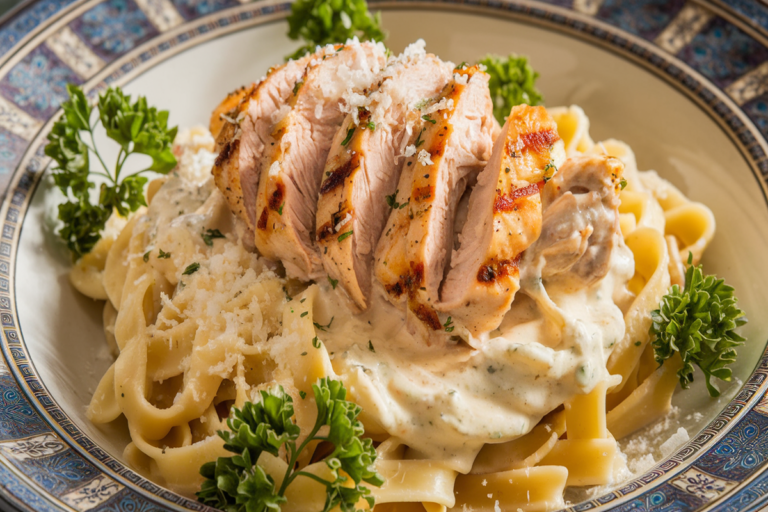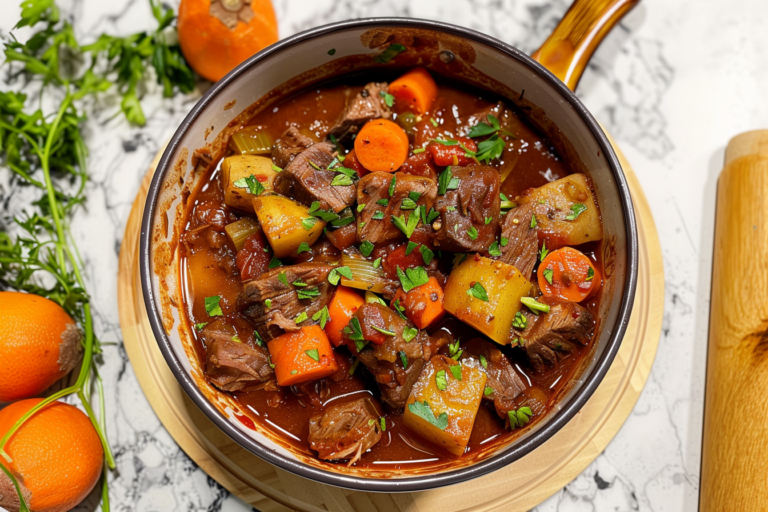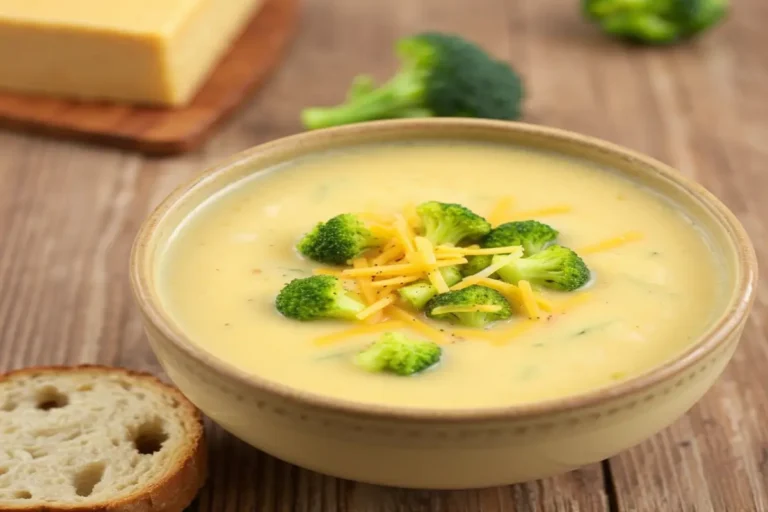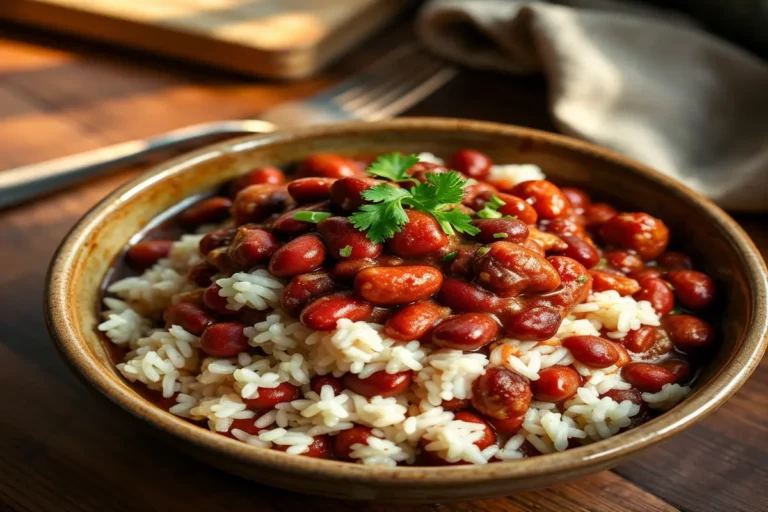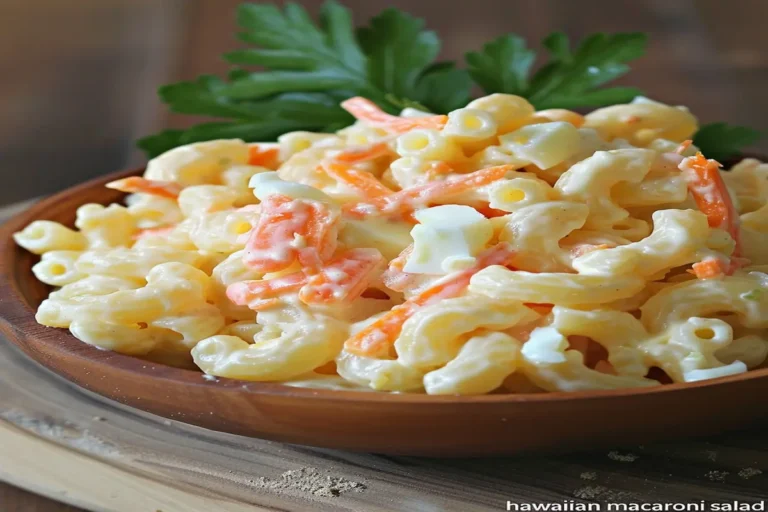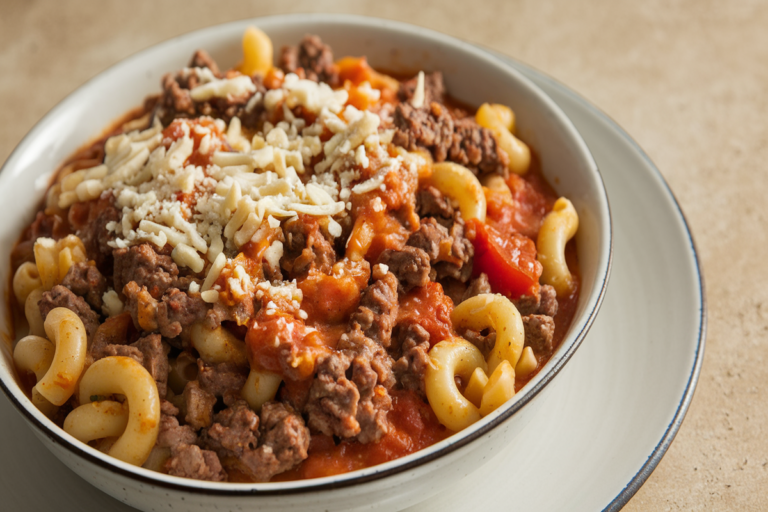Seafood Boil Recipe
A Seafood Boil Recipe is a versatile, one-pot feast perfect for any occasion, offering a mix of seafood, vegetables, and hearty flavors. Whether you’re hosting a backyard gathering or simply craving a taste of the sea, this recipe brings the joy of communal eating and the rich flavors of a classic Southern boil right to your table.
What is a Seafood Boil Recipe?
A seafood boil traditionally involves cooking a mix of seafood, potatoes, corn, and sometimes sausage, in a highly seasoned broth. The broth is often flavored with Old Bay seasoning, lemons, and fresh herbs like thyme. The boil is served family-style, often poured onto a newspaper-lined table for everyone to dig in, using their hands to savor every bite.
For more on how seafood boils evolved and their cultural significance, consider checking out Old Bay Seasoning History for a deep dive into this flavorful journey.
Types of Seafood Boil Styles
There are a few different styles of seafood boil, including Cajun, Creole, and other regional variations that bring their unique twist to the table. While the Cajun seafood boil is known for its spicy kick, a Creole boil may use milder spices and include ingredients like tomatoes and a mix of aromatic herbs. This versatility means you can experiment to find the perfect balance that suits your palate.
Another great way to explore these different cooking traditions is through Cajun vs Creole Cooking Explained, which provides a comprehensive breakdown of these distinct yet closely related styles.
Essential Ingredients for a Seafood Boil Recipe
To create a mouthwatering seafood boil, you’ll need the following ingredients:
- Seafood: Shrimp, crab legs, crawfish, clams, mussels, lobster tails.
- Vegetables: Potatoes, corn on the cob, garlic, and mushrooms.
- Seasonings: Old Bay seasoning, Cajun seasoning, fresh thyme, lemon, garlic butter, and bay leaves.
- Optional Additions: Andouille sausage, fresh parsley, hot sauce, or spicy peppers.
It’s important to use the freshest seafood and vegetables possible to ensure the best flavor in your boil. Freshness is key to creating that succulent texture that keeps everyone coming back for more.
Equipment Needed
To make a successful seafood boil, you’ll need a few basic tools:
- Large pot: This is essential to cook all your ingredients comfortably.
- Strainer or slotted spoon: Useful for removing cooked seafood from the pot.
- Seafood crackers: For breaking open crab legs.
- Serving paper: Newspaper or butcher paper for an easy cleanup.
For an alternative serving style, you can opt for seafood boil bags or a crockpot liner. These options make it easy to portion out servings and simplify cleanup.
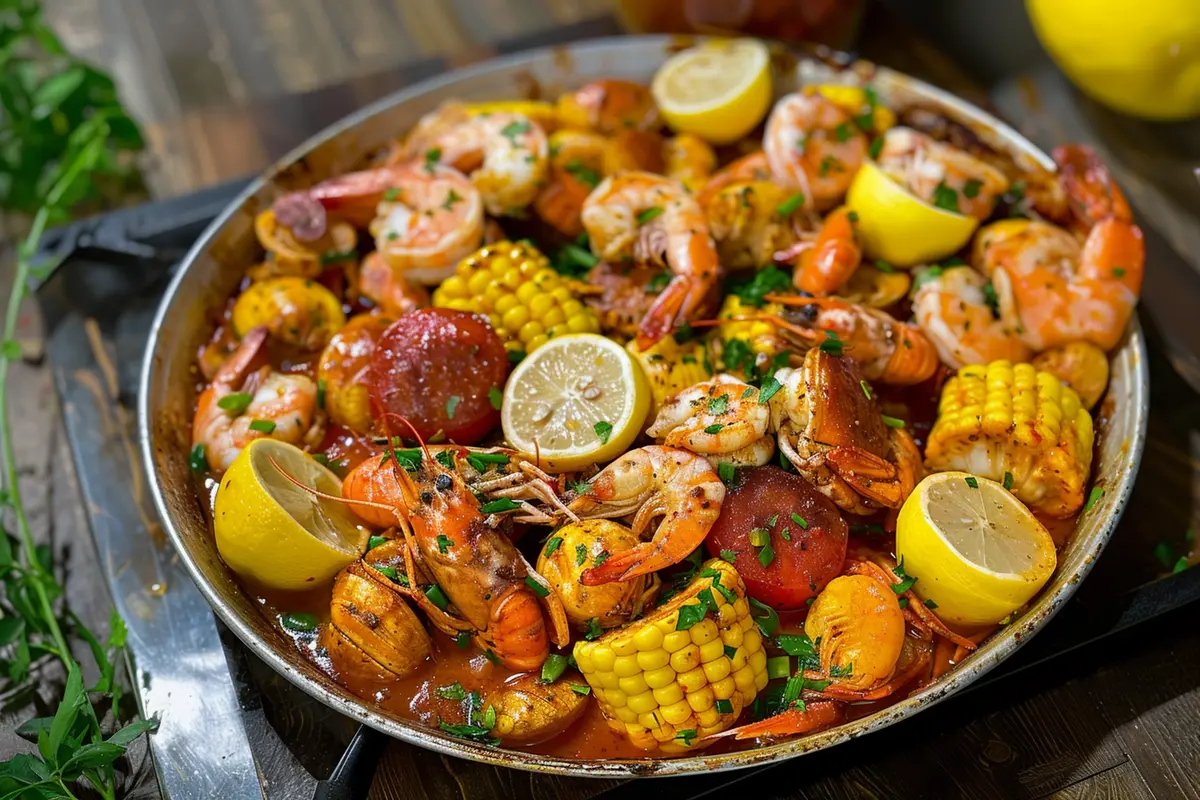
Step-by-Step Cooking Instructions
Cooking a Seafood Boil Recipe can be a lot of fun, especially when shared with friends or family. Here’s a step-by-step guide to preparing a flavorful boil that everyone will love:
1: Preparing the Broth
- Start by filling your large pot with water, enough to cover all your ingredients later.
- Add Old Bay seasoning, Cajun seasoning, bay leaves, fresh thyme, and sliced lemons.
- Bring the pot to a boil, then let it simmer for about 10 minutes to allow the flavors to blend.
2: Cooking the Vegetables
- Add the potatoes first, since they take the longest to cook—around 15 minutes.
- Follow with corn on the cob, and any additional vegetables like mushrooms or onions. Allow these to cook for another 10-12 minutes.
3: Adding the Seafood
- Begin with the shellfish that takes the longest to cook, such as crab legs or lobster tails.
- After 5 minutes, add clams and mussels. These should open up in about 7 minutes—discard any that remain closed.
- Add shrimp last, as they only need 3-5 minutes. You’ll know they’re done when they turn pink and curl up.
Tip: To avoid overcooking, make sure you stagger the addition of each type of seafood based on their cooking times.
Step 4: Making the Garlic Butter Sauce
- In a small saucepan, melt butter over medium heat.
- Add minced garlic, a dash of hot sauce, lemon juice, and a bit of Cajun seasoning.
- Let the mixture cook for about 5-7 minutes until fragrant.
This garlic butter sauce can be poured over the Seafood Boil Recipe after it’s cooked or served as a dipping sauce for extra flavor.
Step 5: Serving the Boil
- Drain the pot and pour the seafood, vegetables, and potatoes onto a newspaper or butcher paper-covered table.
- Optionally, serve in a large serving tray if you prefer a cleaner presentation.
To add a final touch, drizzle the garlic butter over everything, then sprinkle with fresh chopped parsley and extra Old Bay seasoning.
Serving Suggestions
A Seafood Boil Recipe is typically served family-style for a communal eating experience. To complement your seafood feast, consider adding:
- Garlic bread: Perfect for sopping up the extra sauce.
- Coleslaw: A crisp, refreshing side that balances the rich flavors of the boil.
- Green salad: A simple salad with a vinaigrette helps cut through the richness of the dish.
Tips for Hosting a Seafood Boil Recipe
- Use fresh seafood whenever possible to ensure the best flavor and texture.
- Layer the cooking process: Start with the ingredients that take the longest to cook, adding others as you go. This ensures everything is cooked to perfection.
- Spice adjustment: If serving guests with varying spice tolerance, you can create a milder version of the broth and provide additional hot sauce on the side.
Variations and Add-Ons
The beauty of a seafood boil lies in its adaptability. You can easily customize the ingredients to suit different tastes:
- Add different seafood: Try including scallops, oysters, or even chunks of firm fish like cod or halibut.
- Change up the vegetables: Sweet potatoes, Brussels sprouts, or carrots can add a different texture.
- Experiment with seasonings: If you prefer something less spicy, use more lemon and herbs like dill or parsley instead of hot spices.
Storage and Reheating Instructions
If you have leftovers, here’s how to store and reheat them:
- Storage: Place leftover seafood and vegetables in an airtight container. Store in the fridge for up to 2 days.
- Reheating: Add a small amount of water or broth to a pot, place the leftover seafood in, cover, and heat over medium until just warmed through. Be careful not to overcook, as the seafood can become tough.
Frequently Asked Questions
Can I use frozen seafood in my Seafood Boil Recipe?
Yes, frozen seafood works well for a boil, just adjust the cooking times. If the seafood is pre-cooked, reduce the boiling time to prevent it from becoming rubbery.
How do I know when the seafood is done?
Shrimp should be pink and opaque, clams and mussels should open, and lobster tails should be bright red. Discard any shellfish that do not open during cooking.
What’s the best type of sausage for a seafood boil?
Andouille sausage is a popular choice due to its smoky, spicy flavor. You can also use chorizo or even chicken sausage for a milder taste.
Nutritional Information
The exact nutrition will depend on the ingredients you use, but here’s a general idea for a typical serving:
- Calories: 700-900 kcal
- Protein: 60-70g
- Fat: 35-45g
- Carbohydrates: 35-50g
This nutritional profile makes a seafood boil a hearty meal that’s high in protein and healthy fats, while also providing a moderate amount of carbohydrates from the vegetables.
Related Recipes and Internal Links
For more recipes that complement your seafood boil, consider exploring some other options like:
- Garlic Butter Shrimp Pasta: This easy, flavorful pasta pairs well with the flavors of a seafood boil and uses similar ingredients like garlic butter.
- Easy Lemon Herb Salmon: A quick and healthy dish that can be served alongside your boil for added variety.
These recipes can help you build a complete seafood-themed meal that’s sure to impress your guests.
Conclusion Of Seafood Boil Recipe
A Seafood Boil Recipe is more than just a meal; it’s an experience that brings people together. Whether you’re making it for a special occasion or just because, the joy of cracking open shells, dipping seafood into garlic butter, and sharing stories across the table is what makes it truly special. The recipe is flexible, allowing you to adapt it based on what’s fresh, available, or preferred by your guests.
Try hosting a seafood boil for your next gathering—you’ll find it’s the perfect way to enjoy great food and even better company. Be sure to check out more about the history of seafood boils and regional variations to truly appreciate the depth of this iconic dish.

